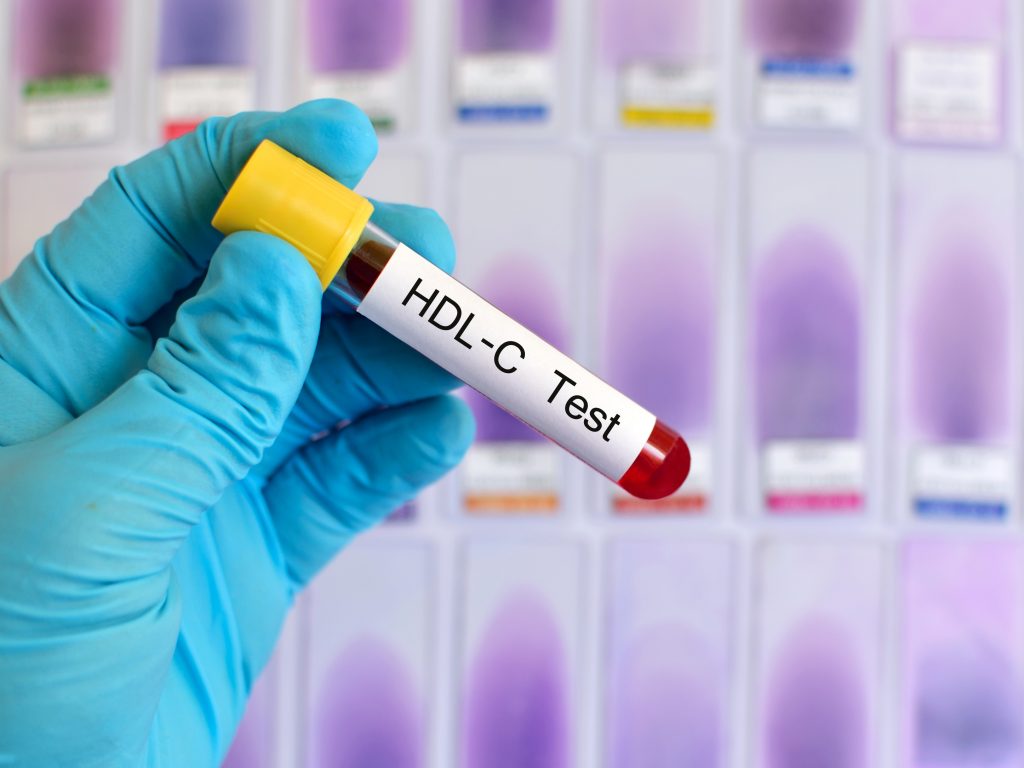Arq. Bras. Cardiol. 2021; 117(3): 501-502
Physical Activity and HDL-C: Are There Gender Differences in the Dose-response Effect?
This Short Editorial is referred by the Research article "Association between Leisure Time Physical Activity and HDL-C in the Elsa-Brasil Study Participants: Are There Any Gender Differences in the Dose-Response Effect?".
HDL: Basic Functions and Cardiovascular Controversies
High-density lipoproteins (HDL) are a heterogeneous group of particles whose primary function is to promote reverse cholesterol transport. Evidence generated over decades has taught us that having low plasma concentrations of HDL-cholesterol (HDL-C) does not seem to be healthy. Also in 1964, Kannel et al. demonstrated – through an analysis of the Framingham cohort – a strong inverse relationship between plasma levels of HDL-C and atherosclerotic cardiovascular disease. However, this paradigm has changed in recent years. The causal role of HDL in cardiovascular risk reduction has been challenged by Mendelian randomization studies, which failed to demonstrate reduced risk of myocardial infarction in individuals with some genetic variants that increased HDL-C., In addition, the elevation of HDL-C obtained pharmacologically with cholesterol ester transporter protein (CETP) inhibitors did not lead to a reduction in cardiovascular events either. Finally, studies showing an association of higher mortality with high and low HDL-C levels raised further questions about this situation. Thus, today it is believed that the cardiovascular protection of HDL is, to say the least, controversial, and that HDL-C seems to act much more as a cardiovascular risk marker than as a causal factor.
[…]
1,465

